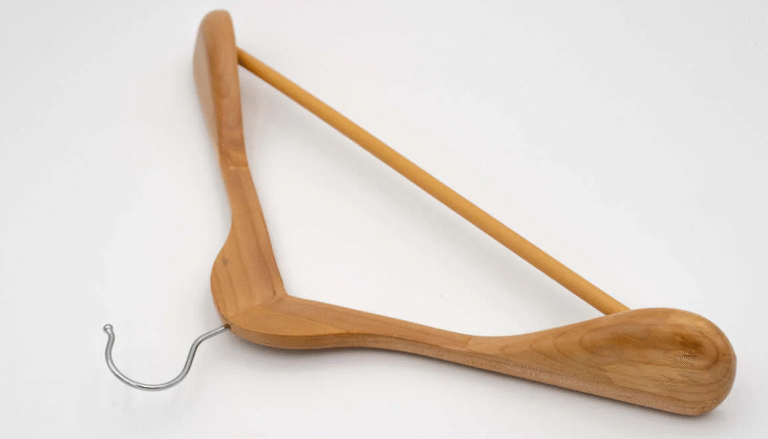What Every Crypto Trader Should Know About CFDs
If you’ve spent time trading Bitcoin, Ethereum, or other digital coins, you already understand how fast prices can move. Crypto markets are open 24/7, full of surprises, and driven by news, tweets, and global trends. But there’s another way to trade these same assets without owning them directly. That’s where online CFD trading enters the picture.
Contracts for difference allow you to trade on the price movements of cryptocurrencies without holding the actual coins. This can be helpful for people who want exposure to the market without setting up digital wallets or worrying about hacks. Instead of storing your tokens, you simply trade based on how the price moves up or down.
The first thing crypto traders usually notice is that CFDs give more control. You can go long if you think a coin will rise or go short if you expect it to drop. This flexibility can be useful in bear markets when prices are falling. In traditional crypto trading, your only option might be to wait or move funds into stablecoins. With CFDs, you can still trade actively.
Online CFD trading also involves the use of leverage. This means you can trade larger amounts than what you deposit. While this increases the chance to earn more, it also raises the risk. In the crypto world, price swings are already large. Adding leverage to that can lead to quick gains but also fast losses. It’s important to treat leverage with care, especially if you’re used to spot trading.
Another major difference is regulation. Most CFD platforms are regulated by financial authorities, which means you get added protections. This isn’t always the case with crypto exchanges, especially ones based in other countries. If you’ve ever lost funds on an unregulated exchange, you’ll understand why having a regulated broker can feel safer.
But it’s not just about safety. CFD platforms often offer tools that help with strategy. Many let you use stop-loss and take-profit orders with more precision. You can set alerts, analyse charts with built-in tools, and test strategies in demo mode. These features make it easier to plan trades without being glued to the screen all day.
Some traders use contracts for difference to hedge their crypto positions. For example, if you hold Bitcoin and worry about a short-term drop, you can open a short CFD trade to protect your value. This kind of approach requires experience, but it shows how both methods can work together. You don’t have to choose one or the other. CFDs can add another layer to your crypto strategy.
Still, this type of trading isn’t without limits. You won’t be able to transfer your CFD holdings to a wallet. You also won’t earn rewards from staking or holding tokens long-term. The main goal here is short- to medium-term trading, not building a digital portfolio. If you’re looking for long-term growth in crypto projects, direct ownership might still be the better path.
Online CFD trading can also shift your mindset. Instead of thinking only about coins and tokens, you begin to study price behaviour more closely. You learn to spot patterns, use indicators, and follow broader market trends. These skills are valuable no matter what market you’re in. Some traders even move from crypto to forex, indices, or commodities once they get comfortable.
For anyone coming from crypto, the idea of trading without blockchain might feel strange at first. But once you understand the structure, it becomes just another tool in your trading kit. Whether you’re hedging, diversifying, or just exploring something new, CFDs offer a different way to engage with price action.
In the end, crypto and CFDs serve different goals. One focuses on building long-term assets. The other helps you trade market moves more freely. Knowing how to use both gives you more options and prepares you for whatever the market brings next.







